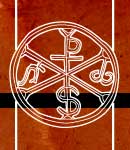


 |
 |
||
 |
|||
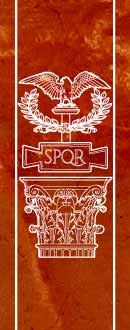 |
(40)/BE-C/BELI-Conimb-40.jpg) |
-55/BOOK-cort-40.jpg) |
 |
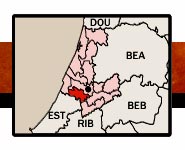 |
||
 |
|||
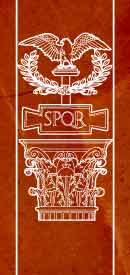 |
ACCESO A CONIMBRIGAENTRADAS Y HORARIOSEl horario es de 10:00-19:00, la entrada general son 4,5€, gratis el primer domingo de mes por la mañana. La visita puede durar perfectamente entre 1 y 2 horas. UBICACIÓNCondeixa-a-Nova se ubica al SW de Coimbra, a unos 12 kilómetros; desde aquí es fácil acceder a Conimbriga (en la carretera de Penela), hay mucha cartelería. ACCESO PARA MINUSVÁLIDOSNo hay grandes problemas para el acceso de sillas de ruedas, pero el yacimiento es grande. |
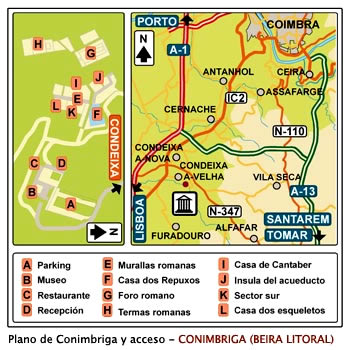 |
ACCESS TO CONIMBRIGATICKETS AND TIMETABLEThe timetable are from 10 am to 7 pm, the general rate is € 4,5, free on the first Sunday of the month in the morning. The visit can last perfectly between 1 and 2 hours. LOCATIONCondeixa-a-Nova is located at the SW of Coimbra, around 12 Km. (7,4 miles); from here it is easy to reach Conimbriga (on the road of Penela), there is a lot of signage. ACCESS FOR THE HANDICAPPEDThere aren't big problems for wheelchair users, but the site is large. |
||||
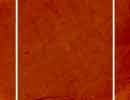 |